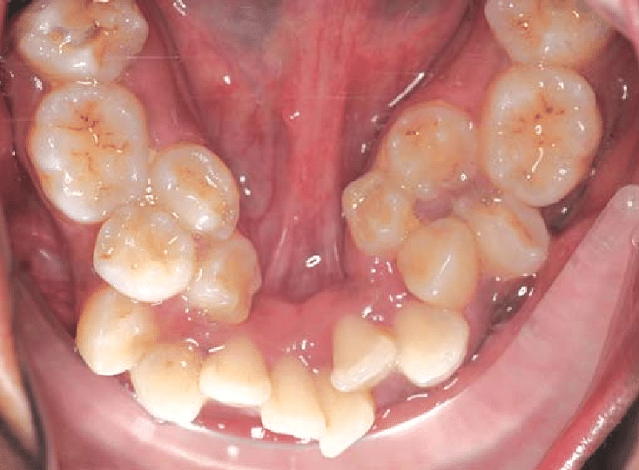Orofacial-Digital Syndrome (OFDS) represents a fascinating and intricate category of genetic disorders characterized by a unique combination of craniofacial defects and finger abnormalities.
Table of Contents
Introduction
Orofacial-Digital Syndrome (OFDS) represents a fascinating and intricate category of genetic disorders characterized by a unique combination of craniofacial defects and finger abnormalities. It is one of the many syndromes associated with cleft lip and/or palate (CLP) conditions. Patients suffering from OFDS often present with distinct dental anomalies, particularly hypodontia—which is the congenital absence of one or more teeth—and supernumerary teeth in various forms. This article aims to delve into the characteristics, genetic factors, clinical implications, and management of Orofacial-Digital Syndrome.
Key Characteristics of Orofacial-Digital Syndrome
Orofacial-Digital Syndrome encompasses several specific features that can vary among individuals. Understanding these characteristics can help in early diagnosis and management:
1. Craniofacial Anomalies:
- Cleft Lip/Palate: Many patients present with cleft lip and/or cleft palate, which can vary in severity.
- Facial Dysmorphism: Common dysmorphic features include a broad nasal bridge, hypertelorism (increased distance between the eyes), and a high, narrow palate.
2. Dental Anomalies:
- Hypodontia: A significant proportion of individuals with OFDS exhibit hypodontia, specifically involving the lateral incisors.
- Supernumerary Teeth: These are extra teeth that can erupt in conjunction with the regular set, leading to crowding and misalignment.
- Delayed Eruption: Delays in the eruption of teeth can also be symptomatic, necessitating continuous dental monitoring.
3. Digital Anomalies:
- Polydactyly: Many patients exhibit additional digits (extra fingers or toes), particularly on the hands.
- Syndactyly: Fusion between fingers or toes is another common finding.
These anomalies underscore the need for a multidisciplinary approach in managing patients with OFDS, involving dental, surgical, and therapeutic interventions.
Genetic Factors and Inheritance
Orofacial-Digital Syndrome is primarily a genetically inherited disorder, often caused by mutations in specific genes related to developmental processes. Particularly, mutations in the OFDS1 gene (located on the X chromosome) are frequently implicated.
- X-Linked Inheritance: OFDS most commonly follows an X-linked inheritance pattern. This means that females may present with varied severity of symptoms, while males are typically more severely affected or may not survive past birth due to the severity of associated symptoms.
- Other Genetic Associations: While OFDS1 is the predominant genetic cause, other variants of the syndrome may be associated with different genetic mutations, such as those found on chromosomes 3 or 6. Genetic counseling is essential for families affected to understand the implications for future pregnancies.
Clinical Implications and Challenges
Managing Orofacial-Digital Syndrome presents certain clinical challenges that require coordinated efforts from various healthcare professionals. The primary implications include:
1. Multidisciplinary Care:
- Patients often require a team approach featuring pediatricians, dentists, orthodontists, and plastic surgeons to manage the wide array of symptoms effectively.
2. Long-term Monitoring:
- Due to the possible progression of dental anomalies and the potential for complications stemming from facial defects, lifelong monitoring of oral health and structural integrity is crucial.
3. Psychosocial Support:
- As with many craniofacial syndromes, individuals may face social stigma or psychological challenges. Providing adequate psychosocial support through counseling can significantly enhance the quality of life for these patients.
Conclusion
Orofacial-Digital Syndrome is a complex genetic disorder intertwined with craniofacial deformities and digital anomalies, presenting unique challenges for affected individuals and their families. Early diagnosis and intervention can help in managing the various facets of the syndrome, particularly the dental and psychosocial aspects. A comprehensive approach involving genetics, dental health, and emotional support is essential. As research continues to evolve, more insights into the genetic underpinnings of Orofacial-Digital Syndrome may lead to improved management strategies, fostering a better understanding and enhanced quality of life for those affected. The ongoing pursuit of knowledge in this domain holds hope for advancements in clinical practices and patient care.
Tags
syndromes






